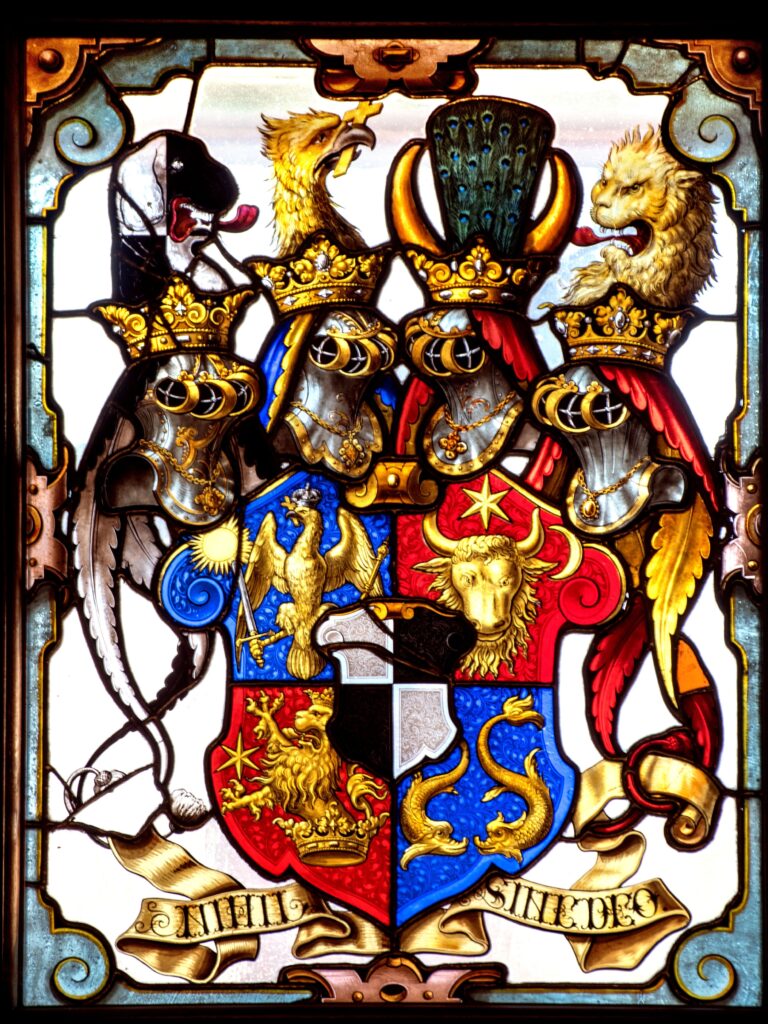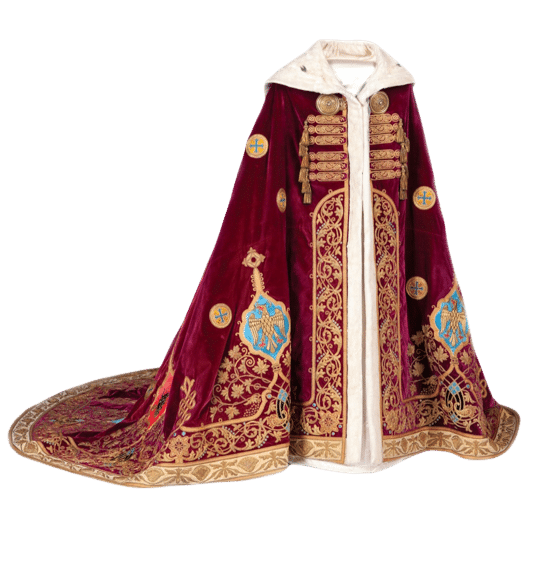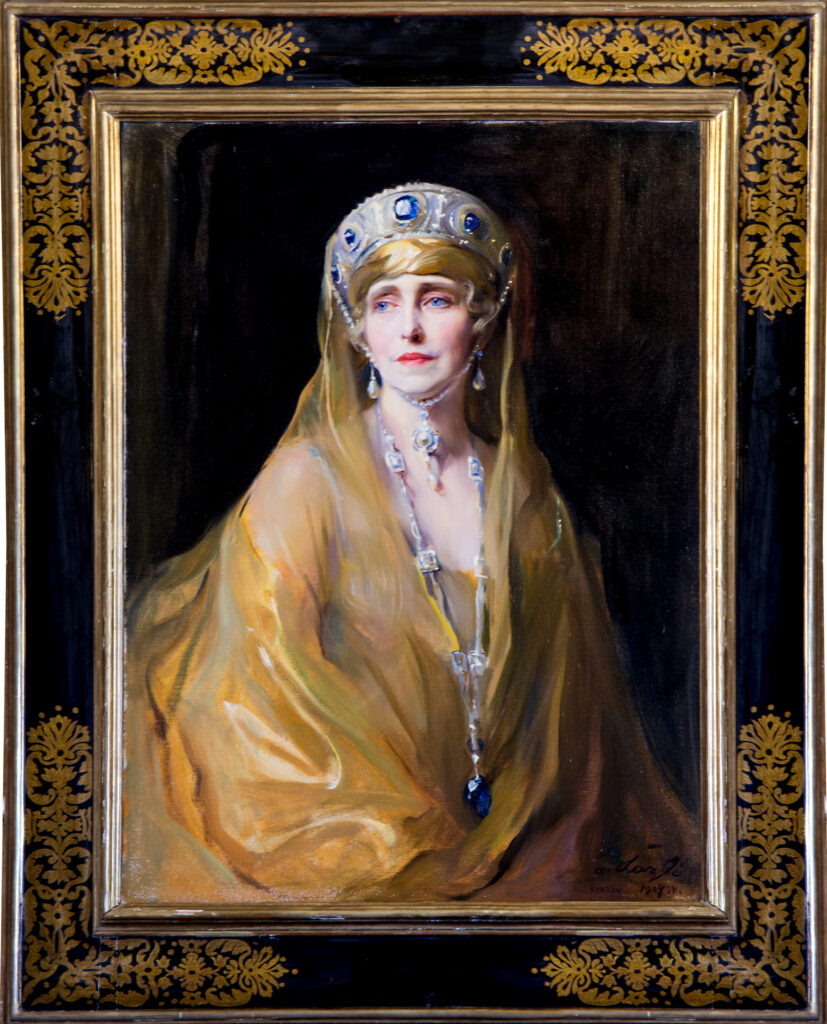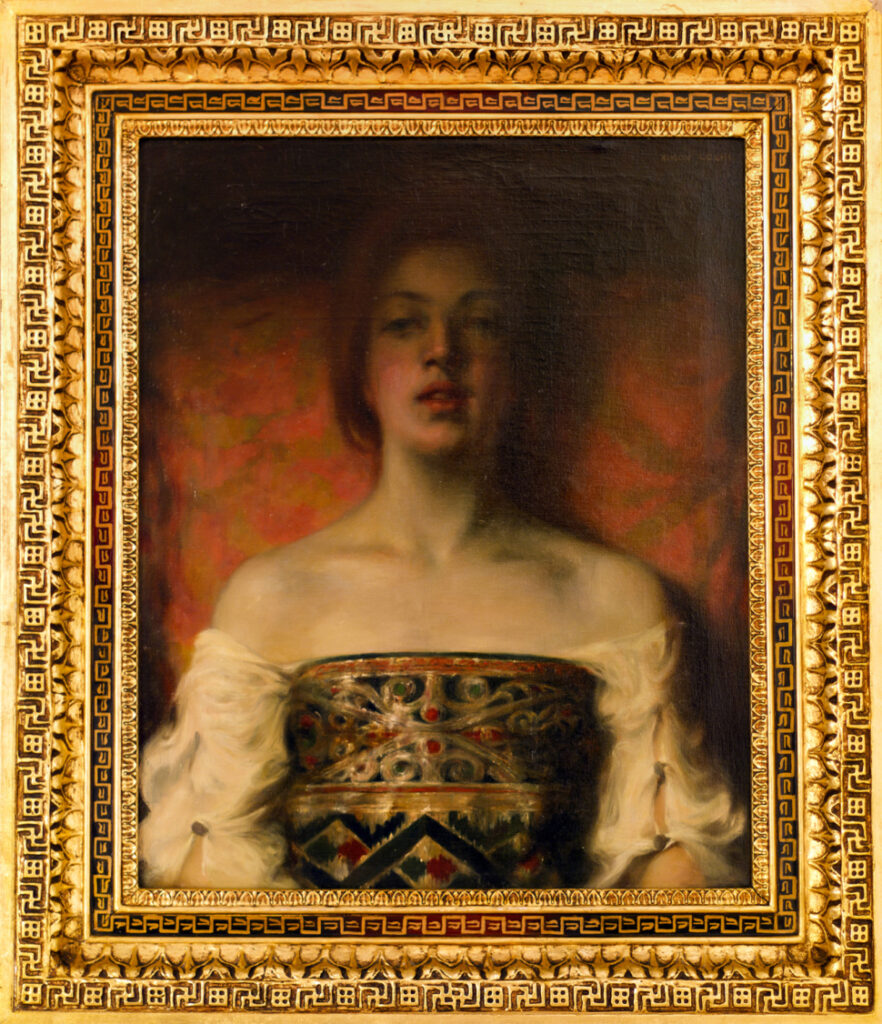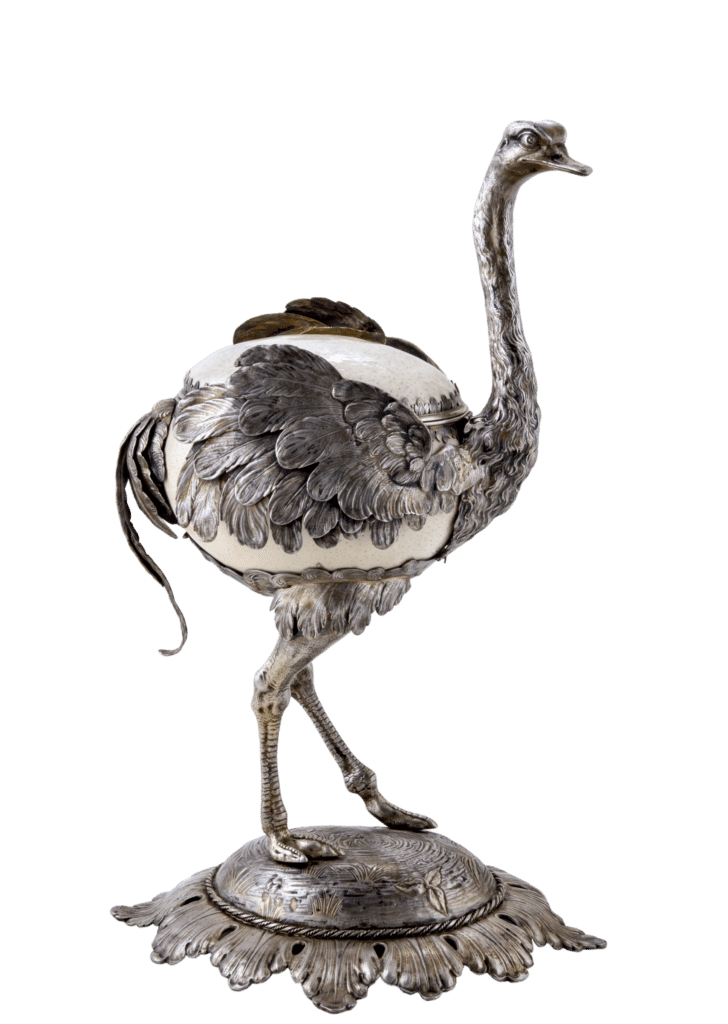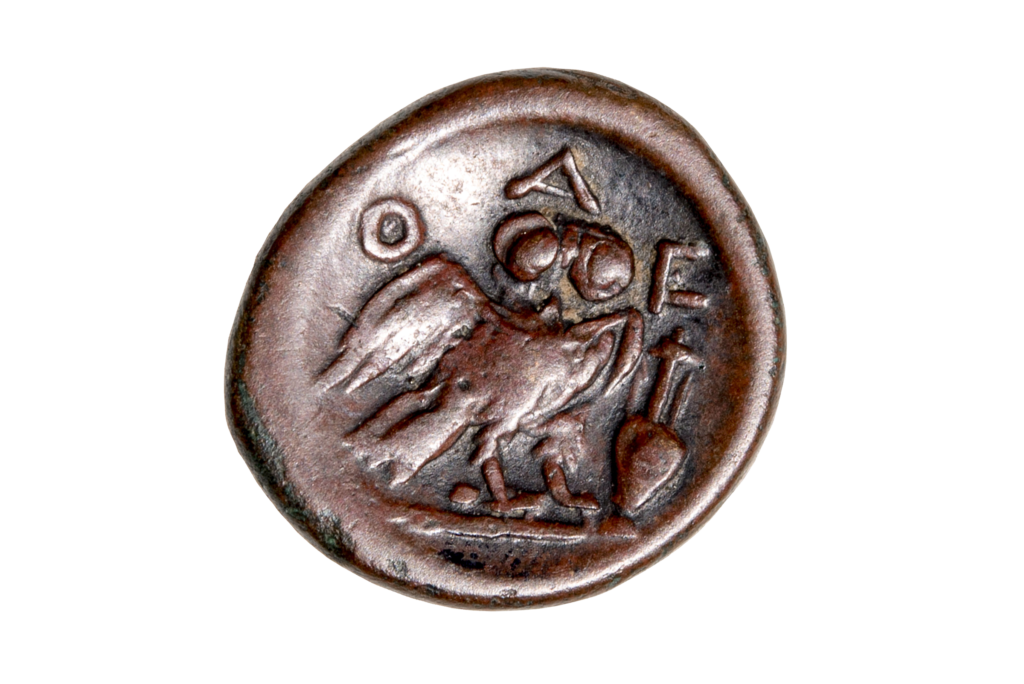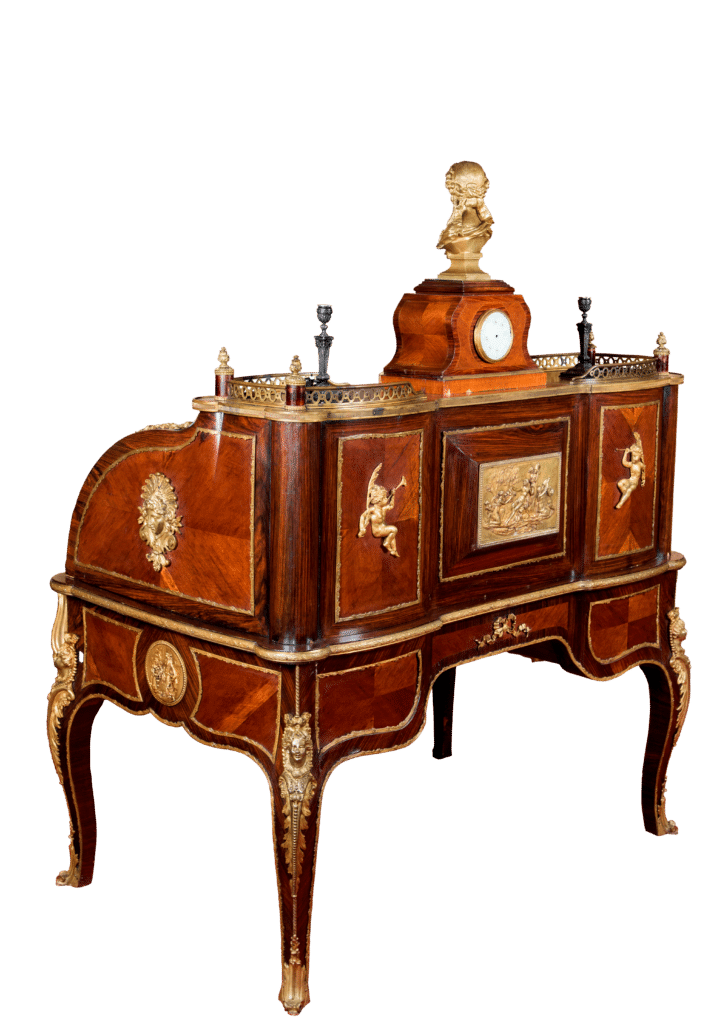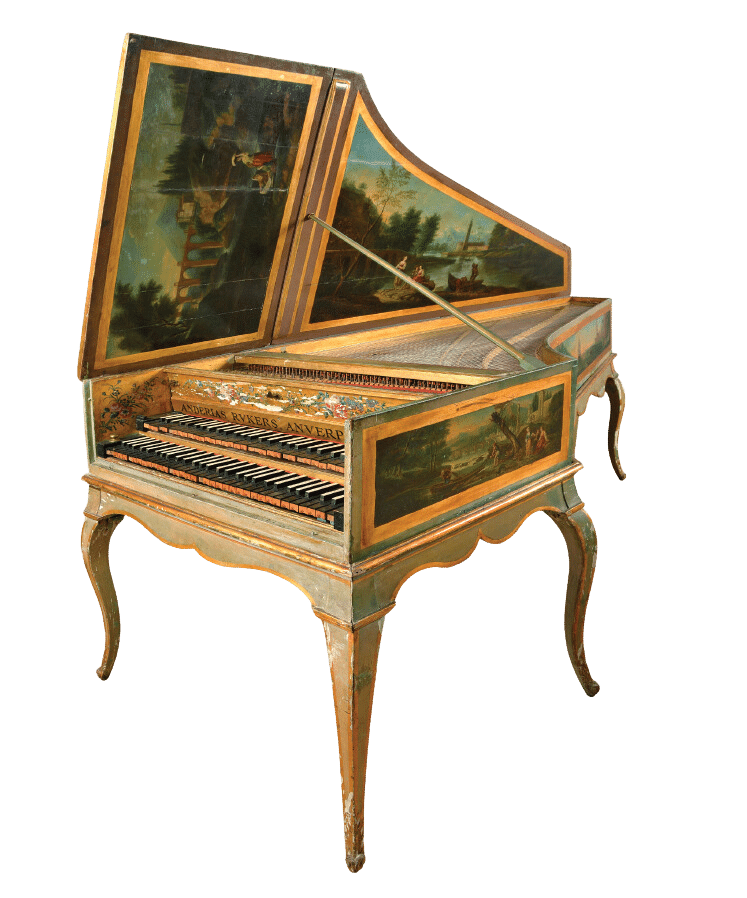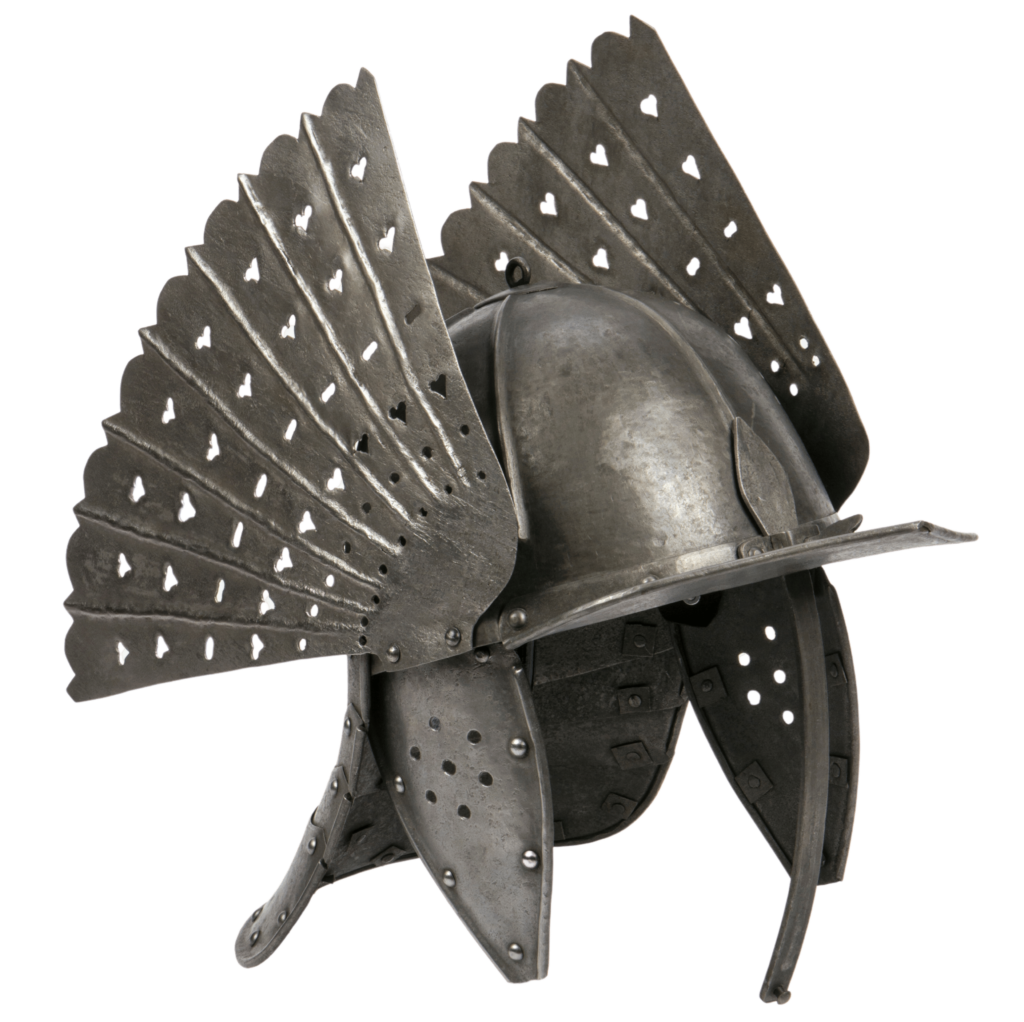Music played on the organ is an essential element of the liturgy in Catholic churches, thus becoming synonymous with sacred music. However, participating in an excursion into the history of the instrument, we find that this was accidental because the organ was invented in the 2nd century BC, by Ctesbios of Alexandria (Egypt). He built several rows of tubes of different sizes, at the base of which he placed foot-operated air pumps. These blew air into the tubes and produced sounds in different tones. In the 1st century BC, public competitions for performers were organized, and in 67 AD, Emperor Nero brought this musical instrument to Rome, which soon became the prerogative of wealthy families.
The one who imposed the organ on the wealthy families of the Byzantine Empire was Emperor Constantine, who encouraged their manufacture and this explains the fact that at that time organs with gold pipes, ornamented with precious stones, were made. Therefore, for almost 1000 years, until the fall of the Empire in 1453, the organ represented the musical instrument used (mandatory) for the veneration of the emperor.
In the tumult of human history, subject to religious changes that also influenced this aspect of the use of the organ during religious services in Catholic churches, it was only in the 14th century that almost every church in cities had an organ, and in the last two hundred years it became an imposed necessity, also under the influence of the composer Johann Sebastian Bach.
Considered the "king of musical instruments", the organ features a keyboard, with one or more divisions and a complex of parts that are subject to complicated technical systems to reproduce music, by blowing air into metal, wood or glass tubes.
From the point of view of the operating system, organs can be classified into two large categories, namely pipe organs and tubeless organs. The latter can be electronic and mechanical.
Pipe organs can be classified by location, size, and complexity of construction, into church organs, chamber organs, and theater organs (used during the silent film era). Pipeless organs can be mouthpiece, string, electronic, or digital organs. The latter are also used for the performance of rock and jazz pieces.
An organ comprises the following main constructive elements:
Keyboard, also called a “manual.” There may be only one for small organs, while larger instruments may have multiple overlapping manuals.
Mechanics, also called “traction”. It is the system that, when pressing the finger on the flap, opens the valve that supplies the corresponding tubes with air. The connection between the flaps and the corresponding valve can be achieved: mechanically (through levers), pneumatically (through pressure pipes, made of lead or other materials), electrically (the valve being actuated by electromagnets) or electronically.
tubes. They produce the organ sound by the vibration of a column of air inside them. They can be of the labial type (i.e. whistles, in which the sound is produced by the passage of air over a sharp, fixed edge) or of the lingual type (in which case the sound is produced by the passage of air past the reeds, which vibrate). The tubes are usually made of metal (especially tin and tin-zinc alloys) or wood. They have different lengths, depending on the pitch of the sound they must produce. Their shape and constructive characteristics give them different sound timbres. The timbre is determined mainly by the shape of the tube and less by the material from which it is made.
records. These are sets of tubes with similar constructive and sound characteristics, producing the frequencies of musical notes. Levers located near the keyboard can be used to start, stop and combine the different registers of the organ. Their number is variable. Very small organs may have only a single register, while others may have hundreds of registers and thousands of tubes.
pedals It is the equivalent of a keyboard, which the organist plays with his feet. It is usually reserved for the lower registers and is not found on all organs.
Air supply mechanism, which once consisted of bellows operated manually by an organist's assistant, is today often replaced by an electric fan.
One of the most famous organ manufacturers in Europe is the Austrian company Rieger Orgelbau, founded by Franz Rieger. Starting in 1873, it was called Rieger & Söhne, and from 1879 it was called Gebrüder Rieger, remaining a family business.
Originally located in the town of Jägerndorf in Upper Silesia (now known in the Czech Republic as Krnov), the factory moved to Austria after World War II and still produces pipe organs made in the traditional manner today.
In 1896 the factory was designated by Emperor Franz Josef as a supplier to the Austro-Hungarian Imperial House and earned the right to wear the "imperial eagle" insignia.
Preserved as a family business even through marital alliances, the factory survived the two world wars, reborn like the Phoenix each time, until today when it still operates with 40 workers.
Awarded at all the universal exhibitions it participated in at the end of the 19th century and the beginning of the 20th century, the most prolific period in the century and a half history of the Rieger company was recorded in 1903, when it produced 1072 organs.
This is the period in which the Royal Family of Romania orders an organ for the Peleș Castle in Sinaia, as mentioned in 1904, in the Orgelbau – Nachrichten catalog of the Rieger company (then called Gebrüder Rieger), at serial number 78: “Sinaia in Rumänien, kgl. Schloss Peles”.
The Rieger organ in Peles Castle was a special order for Queen Elisabeth, who, from the age of 12, took lessons from the organist, pianist and composer Sigismund Neukomm, when he was a guest at the Monrepos Castle in Neuwied (Germany).
The young Princess Elisabeth of Wied demonstrated a special intellectual gift and an artistic soul. Under the careful guidance of her father, Prince Hermann of Wied, and under the demanding gaze of her mother, Maria of Nassau, the princess underwent a drastic training program as a person of culture and art. Thus, Elisabeth took drawing and painting lessons, studied classical languages, French and English literature, philosophy, history, grammar and demonstrated an extraordinary talent in assimilating foreign languages: Italian, French, English, Swedish and Russian.
In parallel, he received piano lessons from Clara Schumann and Anton Rubinstein, studied the organ and harpsichord, then demonstrated a special sensitivity in the interpretation of music on the harp.
Peles Castle was the place where artists were invited to participate in musical and literary evenings. It was here that the artistic personality of the young George Enescu developed, under the careful guidance of Queen Elizabeth, who often accompanied him on the organ.
Located in the Concert Hall on the first floor and built to meet the requirements of space, complexity and design, the Rieger organ at Peleş Castle presents a special peculiarity, which makes it unique in Europe, namely, it presents two consoles (two control desks) located in two adjacent rooms, and the electric motor and the bellows that represent the air supply mechanism, are found in a third room and occupy an area of 6 square meters.
Inscribed with the year of manufacture, provenance and serial number from the series manufactured in that year (Opus 1000), the organ at Peleş Castle falls into the category of large organs with the following characteristics: 2 consoles with two manuals, 5 octaves and 28 registers.
Apparently oversized, the organ features 1796 metal tubes, made of an alloy of tin and zinc, as well as fir wood tubes.
The reason why the Rieger organ was a special order for the royal residence in Sinaia was to create the possibility of interpretation from both rooms of the castle, both used for musical auditions, but being of different sizes, we assume that they were used depending on the number of guests. Moreover, it was possible to create the atmosphere of a literary meeting, with musical background and a “hidden interpreter”.
To keep the organ in operation, micro-climate conditions are required to ensure the temperature and humidity necessary to preserve the material from which the air bellows (cowhide) and the wooden tubes are made.
After decades of silence, in 2013, the organ at Peleş Castle was heard again, after undergoing a restoration process, thanks to funding provided by the ExcessMusic Foundation. Under the fingers of organist Remus Henning, winner of numerous international awards, the audience invited to the concert had a unique experience at Peleş Castle.

